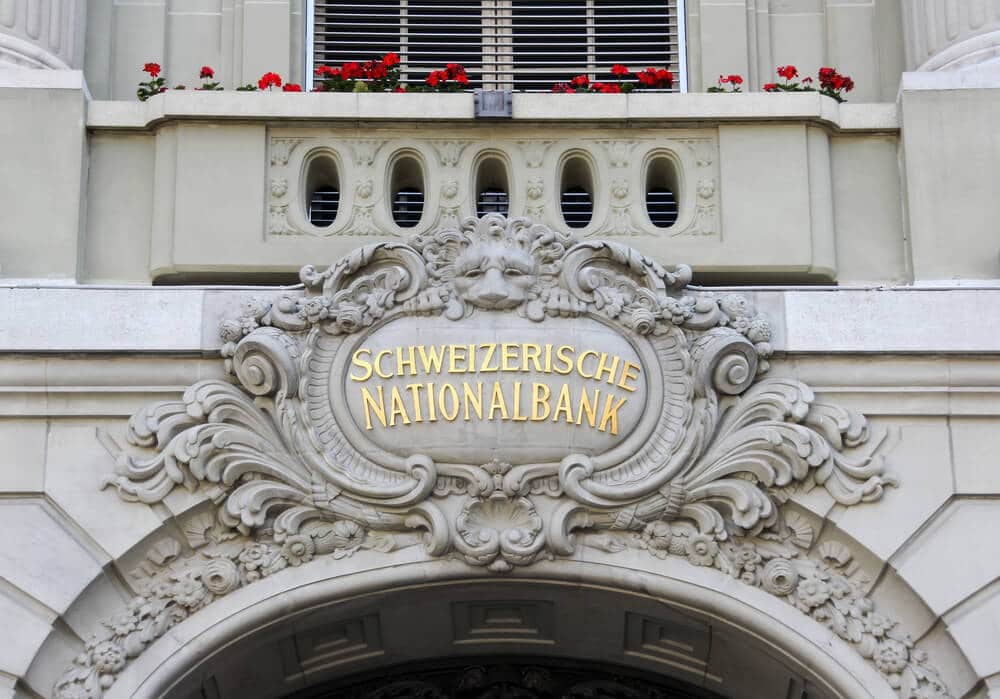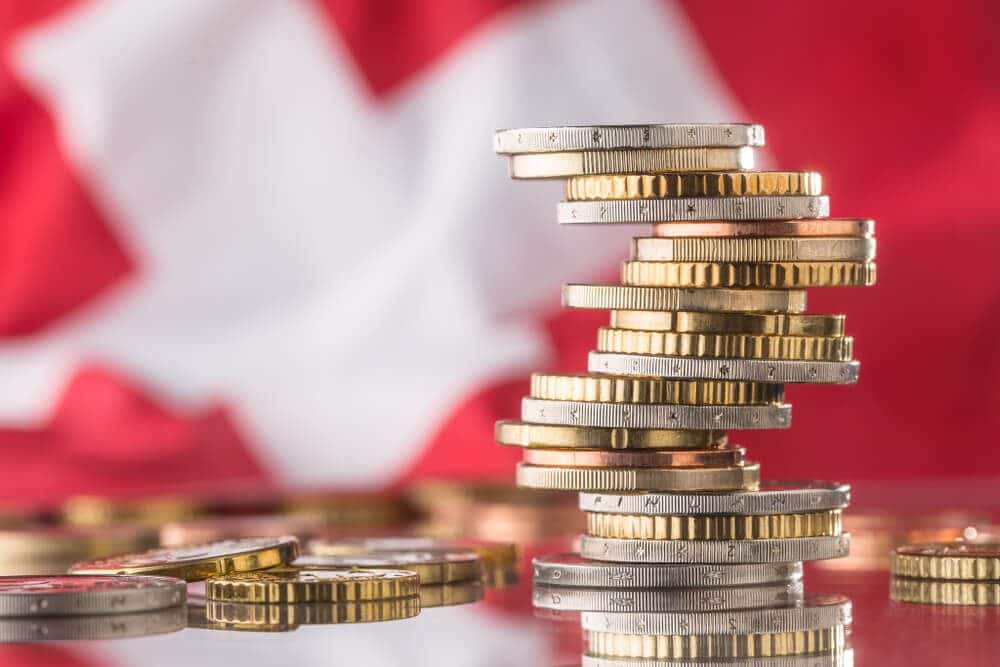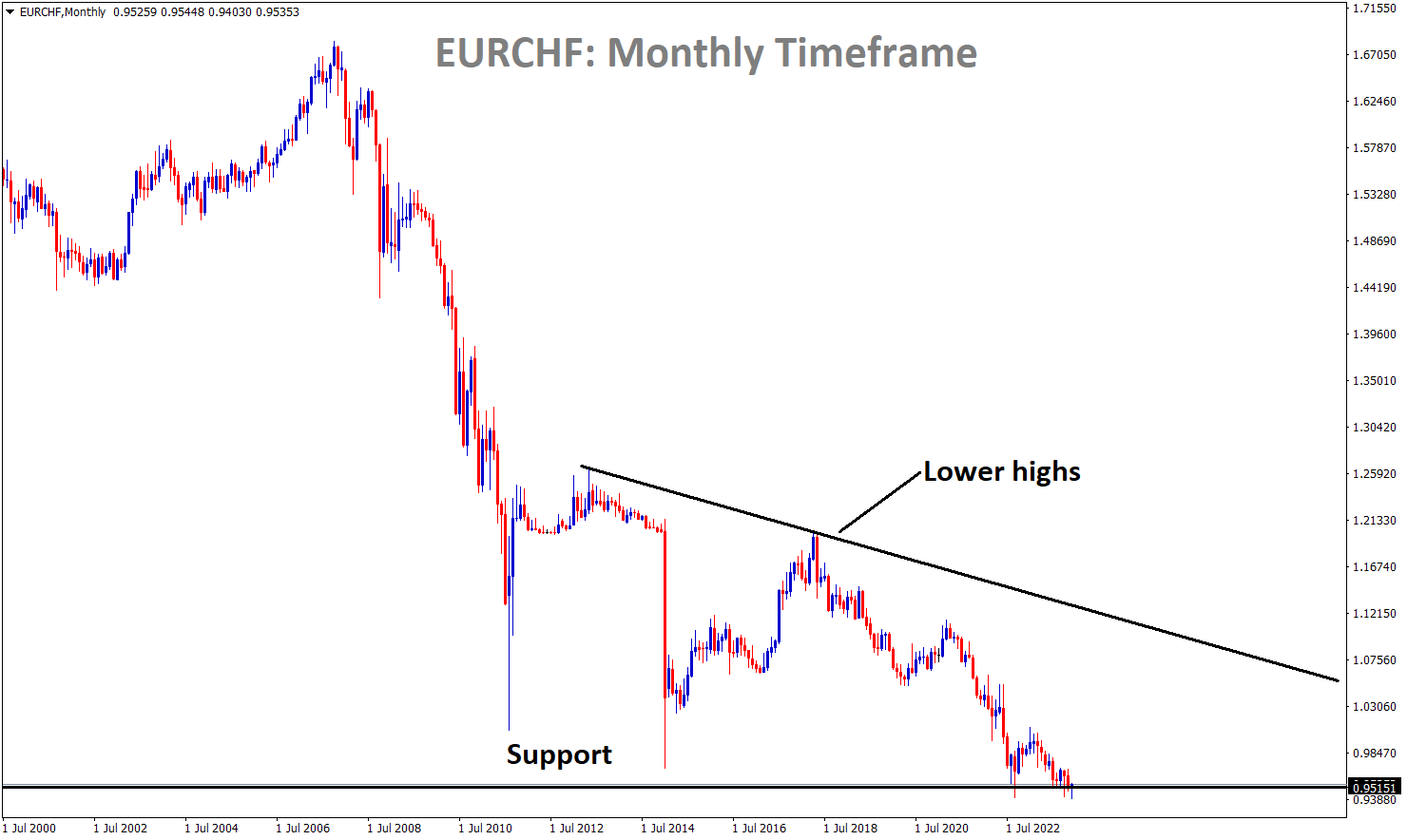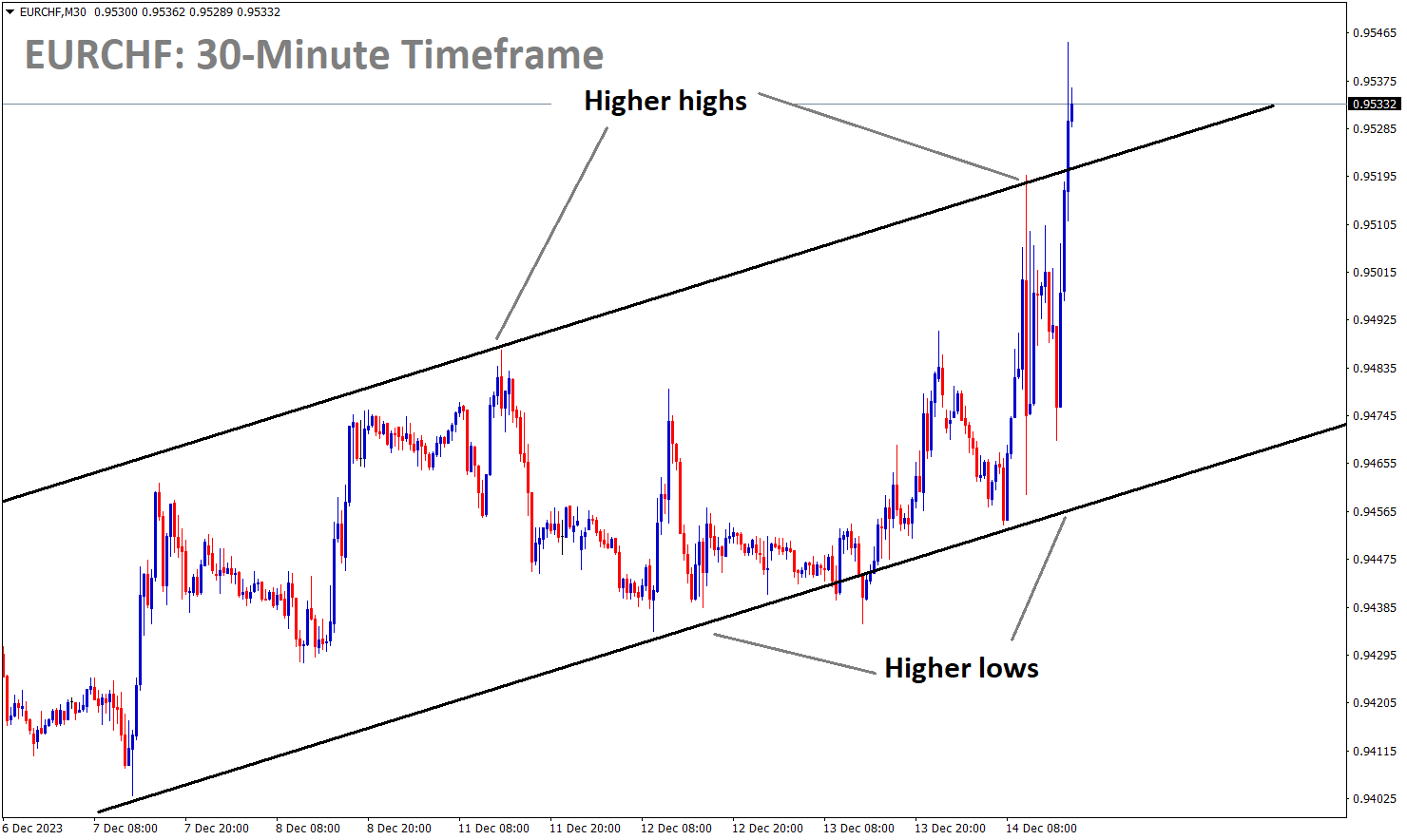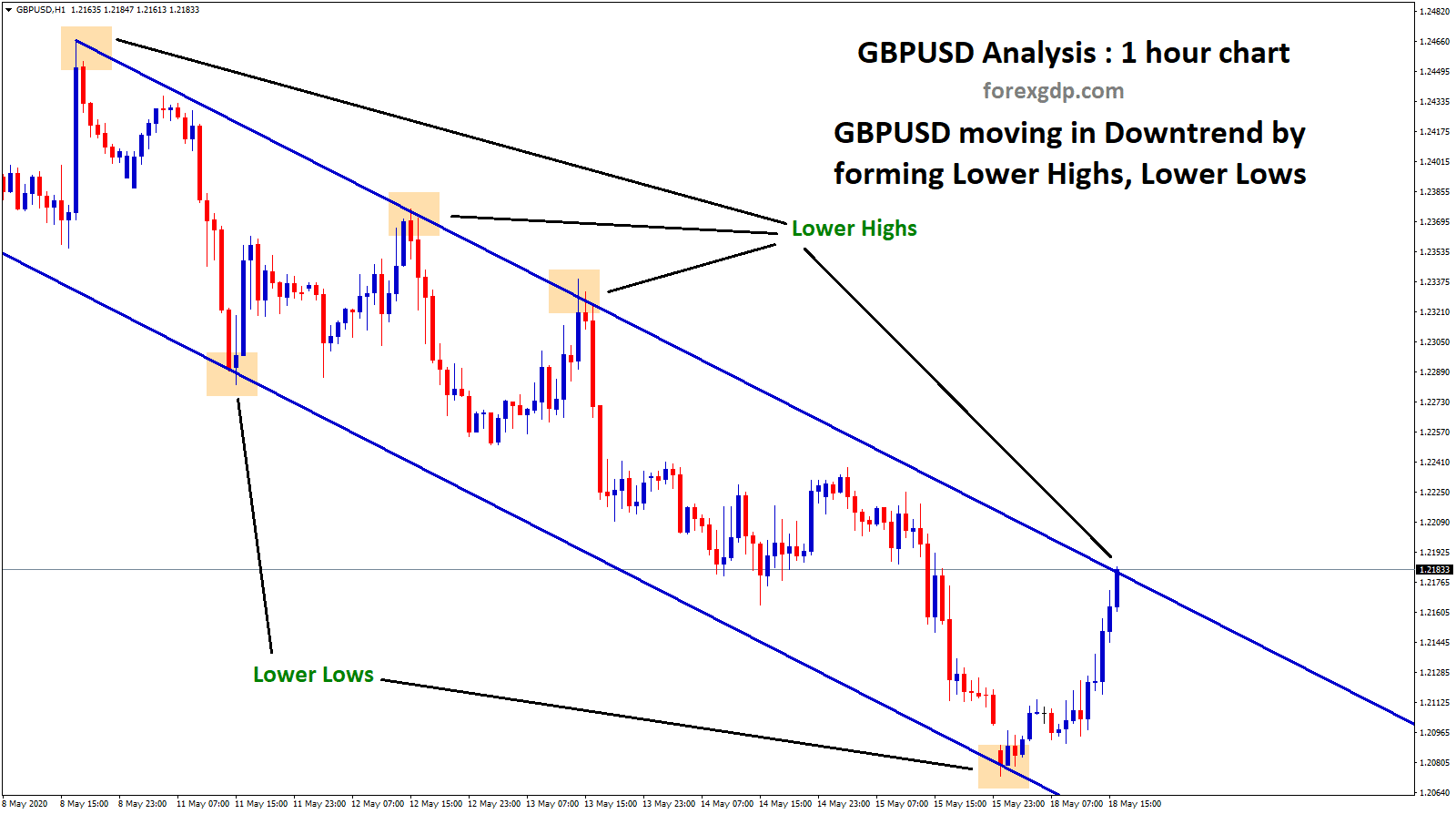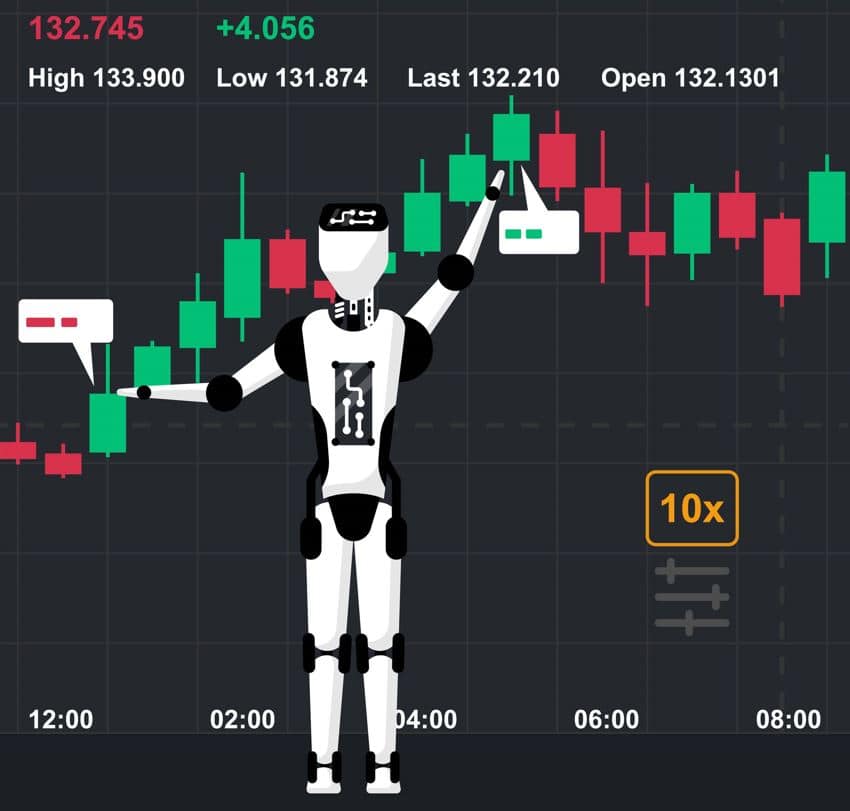The Swiss National Bank recently announced its decision to keep interest rates unchanged at 1.75% due to a dip in November’s inflation rate, which came in at 1.4%, significantly below the SNB’s 2.0% target. This move marks the end of the SNB’s tightening cycle and signals a shift in its currency policy.
President’s Perspective
In an interview with Bloomberg TV, SNB President Thomas Jordan emphasized the adequacy of current monetary conditions and assured that there would be no immediate changes to monetary policy.
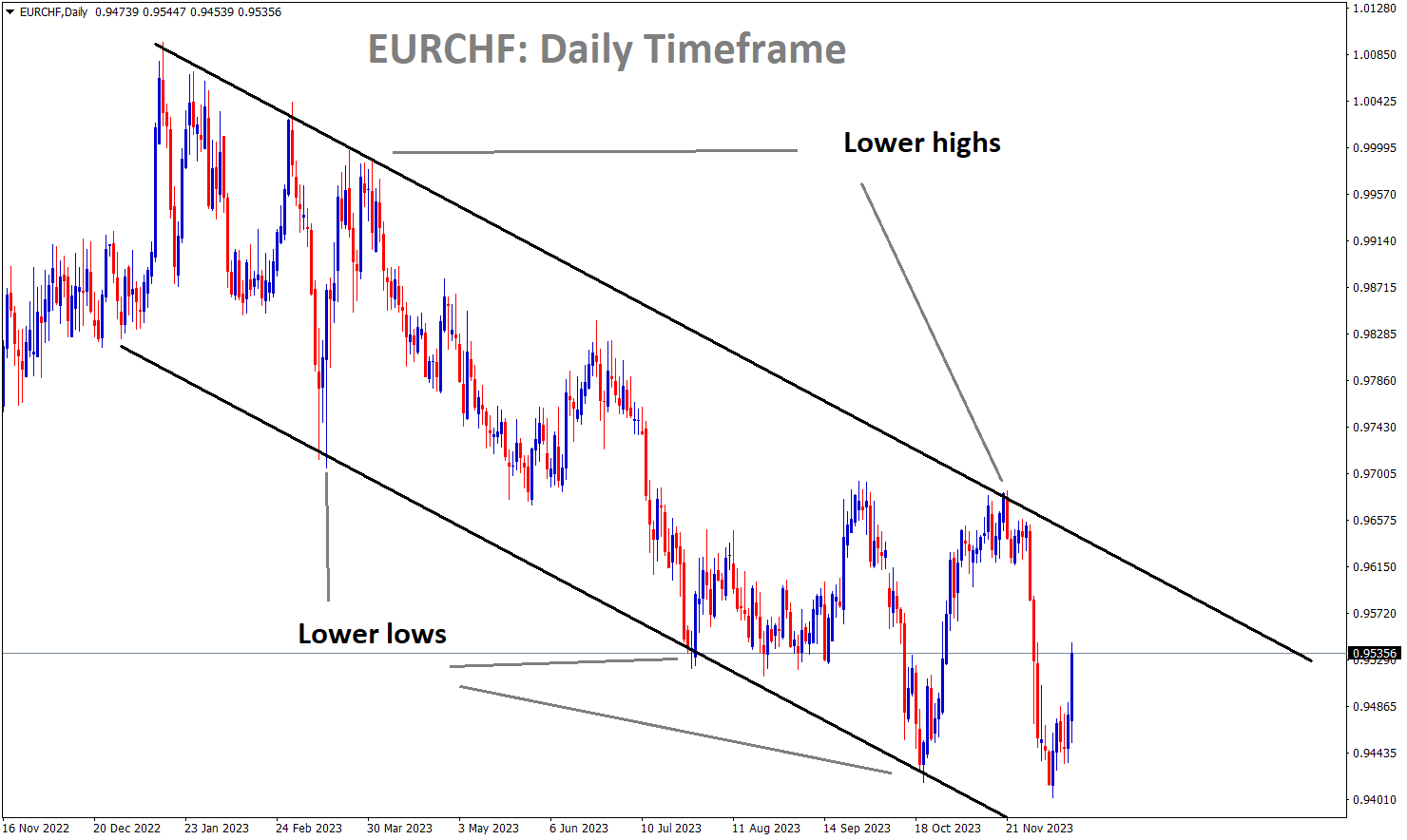
Jordan expressed confidence in price stability, given the latest inflation forecasts. With inflation remaining below the central bank’s 2% ceiling, the SNB decided to maintain its key interest rate for the second consecutive meeting.
Currency Market Intervention
While the SNB remains open to intervening in currency markets, Jordan clarified that such interventions could work in both directions. The SNB is no longer focusing on selling foreign currency, and it does not foresee any interest rate hikes in the near future. Instead, the possibility of lowering borrowing costs may be considered in upcoming meetings.
Market Expectations
Market expectations, however, suggest that a rate cut might occur as early as March. Capital Economics’ Adrian Prettejohn predicts a reduction of 75 basis points in borrowing costs for the next year. With Switzerland facing its weakest growth in four years for 2024, coupled with inflation at 1.4%, and the Swiss franc reaching an eight-year high against the euro, the SNB appears to be in a holding pattern.
Future Outlook and Considerations
Jordan stated that if the exchange rate of the franc were to make monetary conditions overly restrictive, the SNB would have to reassess its approach. It’s important to note that the forecasts are subject to high uncertainty at the moment. The Swiss franc exhibited volatility following the SNB’s decision, strengthening against the dollar but weakening against the euro.
Global Context
The SNB’s caution regarding rate cuts aligns with investor expectations that other central banks, including the Federal Reserve, may also ease monetary policy. US officials have already indicated a shift toward eventual easing, and European central banks are under similar pressure.
Mixed Opinions
Some analysts interpret the SNB’s statement as a dovish shift, signaling a potential rate cut in the near future. UBS economist Maxime Botteron anticipates a cut in June 2024, while Adrian Prettejohn at Capital Economics suggests a rate cut as early as March. On the other hand, Charlotte de Montpellier at ING sees the SNB’s message as only slightly dovish and expects a rate cut in December 2024. Factors such as inflation and growth forecasts, along with Switzerland’s relatively less restrictive interest rate environment, will play a crucial role in determining the SNB’s next steps.
In conclusion, the Swiss National Bank has opted to maintain its interest rates at 1.75% in response to inflation readings well below its 2.0% target.
Market is moving in an Ascending channel and the market may be move upto the resistance area of 0.9600 is possible.
This decision signifies a shift in the SNB’s monetary policy, marking the end of its tightening cycle. While the SNB remains open to currency market intervention, it no longer focuses on foreign currency sales and has ruled out interest rate hikes for the time being.
Overall, the SNB’s decision reflects its cautious approach in response to economic challenges and evolving global dynamics. The central bank remains vigilant and adaptable as it navigates the path ahead.
Don’t trade all the time, trade forex only at the confirmed trade setups.
Get more confirmed trade setups here: forexgdp.com/buy/

